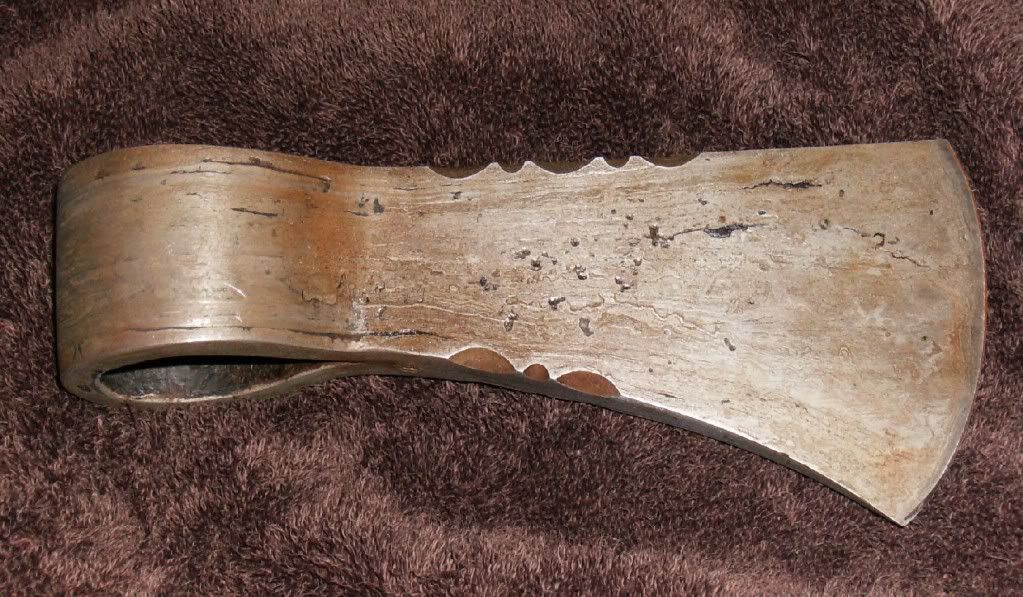In cold welding, pressure is applied to the workpieces through dies or rolls. Because of the plastic deformation involved, it is necessary that at least one (but preferably both) of the mating parts be ductile. Prior to welding, the faying surfaces are de-greased, wire-brushed, and wiped to remove oxide smudges. Cold welding can be used to join small workpieces made of soft, ductile metals.
It is now known that the force of adhesion following first contact can be augmented by pressing the metals tightly together, increasing the duration of contact, raising the temperature of the workpieces, or any combination of the above. Research has shown that even for very smooth metals, only the high points of each surface, called asperities, touch the opposing piece. Perhaps as little as a few thousandths of a percent of the total surface is involved. However, these small areas of taction develop powerful molecular connections; electron microscope investigations of contact points reveal that an actual welding of the two surfaces takes place after which it is impossible to discern the former asperitic interface. If the original surfaces are sufficiently smooth, attractive van der Waals forces between contact points eventually draw the two pieces completely together and eliminate even the macroscopic interface.
Exposure to oxygen or certain other reactive compounds produces surface layers that reduce or completely eliminate the cold welding effect. This is especially true if, for example, a metal oxide has mechanical properties similar to those of the parent element (or softer), in which case surface deformations do not crack the oxide film. The reason cold welding does not normally occur between metals on earth is because there is a very fine layer of oxidized metal due to the atmosphere. Even when a metal is put into a vacuum, this layer does not disappear without wire-brushing.






